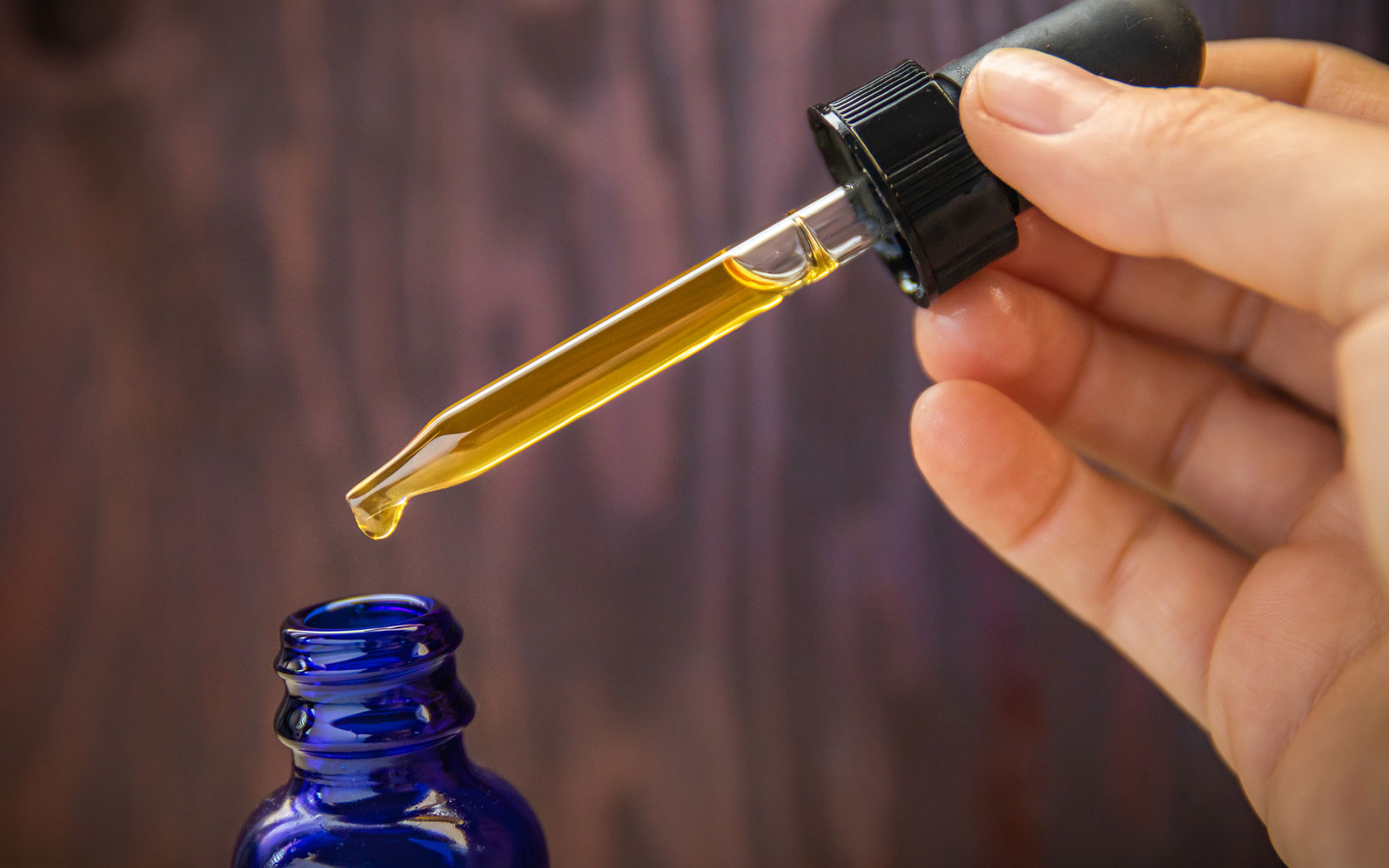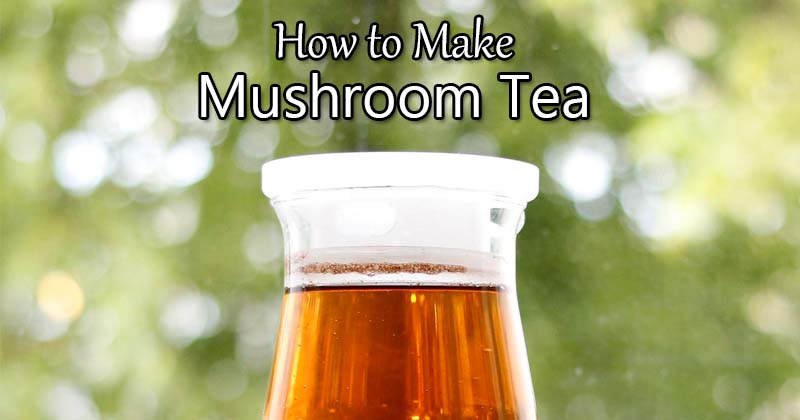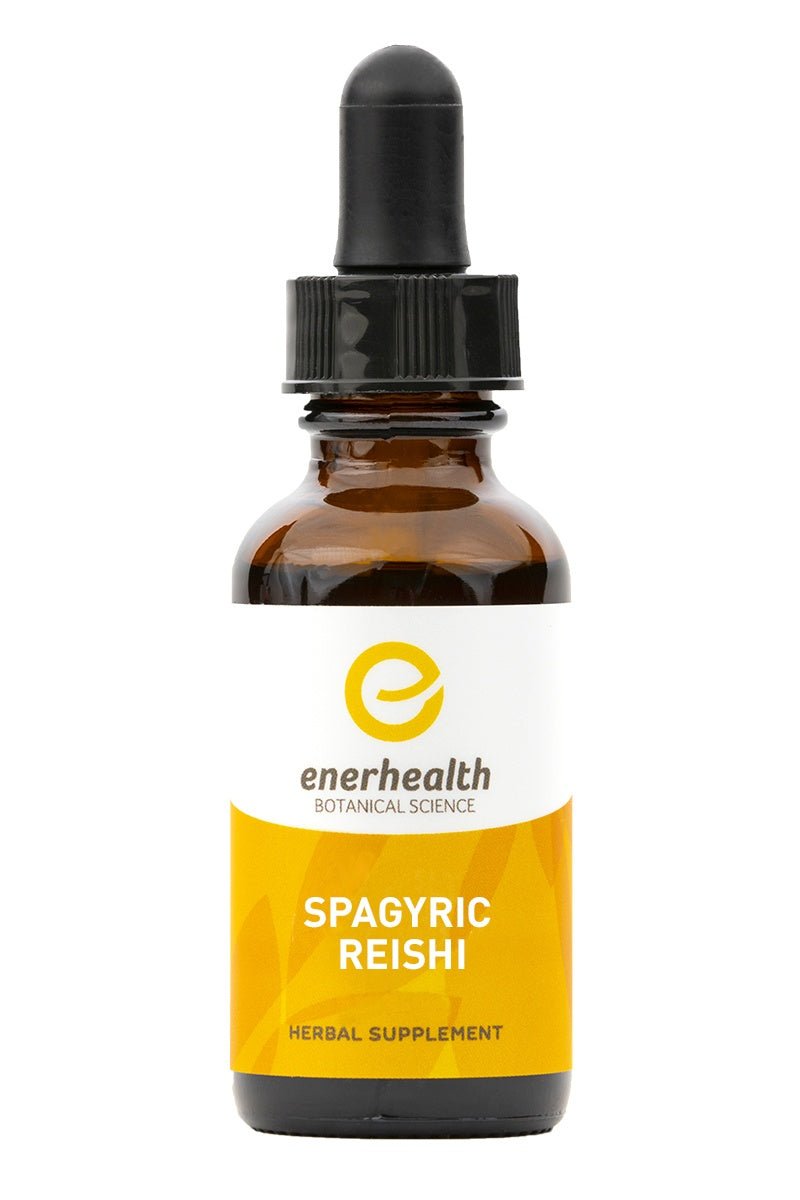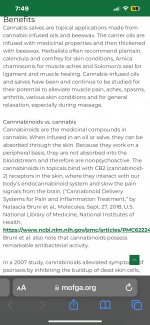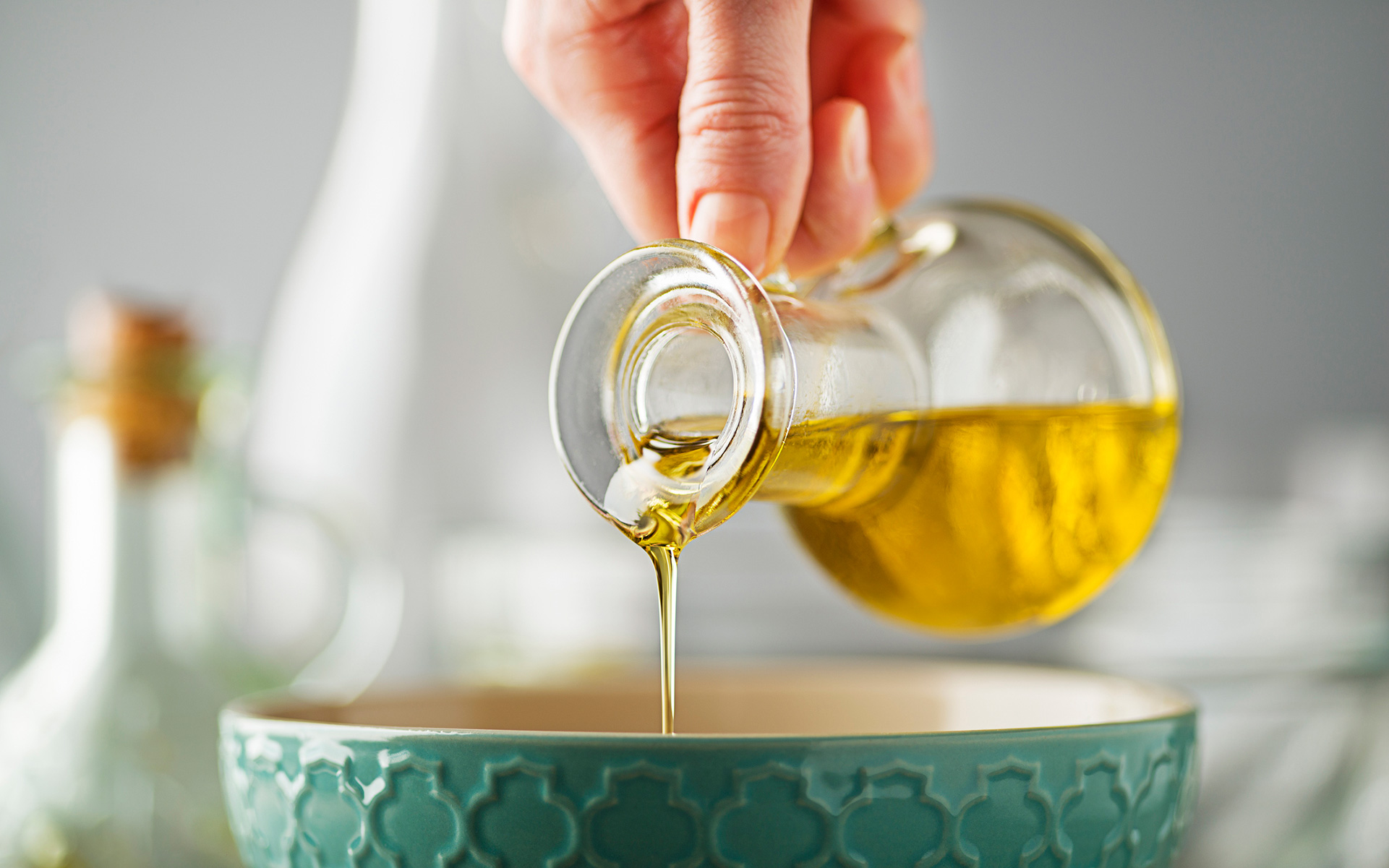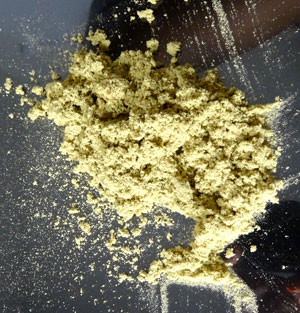Thank you so much for the valuable information. !!!
Would prefer to simplify it and just extract using coconut oil if possible. Also I don't want to have to use solvents which are usually flammable and can have contaminants remain in residue if proper types aren't used.
Do you recommend soaking in epsom salt baths?
I am using VTama skin cream and it is a new prescription cream that came out early last year. It works great, and I was healed except had some side effects of infected hair follicles. Because of the infected folicles/rash I used the cream 2 days on and 2 dadys off until another flare up late summer. Now the Vtama is effective in some ways but it not slowing the spread.
I am just trying to prepare to make the best use of my meds I have. How often do you apply the coconut oil?
Also have a CBD alcohol based tincture and CBD salve I could combine with the coconut oil THC cannabis infusion.
I have hope now. The doctors are no help because they are FDA agents and can not recommend or give advice on natural treatments. They always just say, you could try that but its not going to work as well as the prescription medications. May or may not be true, but the prescription meds have some serious side effects and they don't treat the root cause of the disease.
Would prefer to simplify it and just extract using coconut oil if possible. Also I don't want to have to use solvents which are usually flammable and can have contaminants remain in residue if proper types aren't used.
Do you recommend soaking in epsom salt baths?
I am using VTama skin cream and it is a new prescription cream that came out early last year. It works great, and I was healed except had some side effects of infected hair follicles. Because of the infected folicles/rash I used the cream 2 days on and 2 dadys off until another flare up late summer. Now the Vtama is effective in some ways but it not slowing the spread.
I am just trying to prepare to make the best use of my meds I have. How often do you apply the coconut oil?
Also have a CBD alcohol based tincture and CBD salve I could combine with the coconut oil THC cannabis infusion.
I have hope now. The doctors are no help because they are FDA agents and can not recommend or give advice on natural treatments. They always just say, you could try that but its not going to work as well as the prescription medications. May or may not be true, but the prescription meds have some serious side effects and they don't treat the root cause of the disease.


